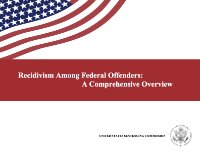By The Southern Poverty Law Center
The detention of immigrants has skyrocketed in the United States. On a given day in August 2019, U.S. Immigration and Customs Enforcement (ICE) held over 55,000 people in detention – a massive increase from five years ago when ICE held fewer than 30,000 people. Unsurprisingly, the United States has the largest immigration incarceration system in the world. What’s more, the federal government spends more on immigration enforcement than for all principal federal law enforcement agencies combined, according to the U.S. Department of Homeland Security Office of Inspector General. As of April 2019, Florida had the sixth-largest population of people detained by ICE in the United States, according to the Transactional Records Access Clearinghouse at Syracuse University. On a daily basis, ICE currently detains more than 2,000 noncitizens in the state, mostly in South Florida, which is home to four immigration prisons: Krome Service Processing Center (Krome), owned by ICE; Broward Transitional Center (Broward), operated by GEO Group, a Boca Raton-based for-profit prison corporation; and two county jails, Glades County Detention Center (Glades) and Monroe County Detention Center (Monroe). Despite the fact that immigrants are detained on civil violations, their detention is indistinguishable from the conditions found in jails or prisons where people are serving criminal sentences. The nation’s immigration detention centers are little more than immigrant prisons, where detained people endure harsh – even dangerous – conditions. And reports of recent deaths have only heightened concerns.
Montgomery, AL: Southern Poverty Law Center, 2017. 104p.





















